It’s THE time: SUSE doc survey 2023 ‘call to action’
You might already have noticed: I never tire to emphasize that documentation is an essential part of any product. This is especially true for enterprise software which covers many use cases. Most software solutions only become usable thanks to detailed documentation. We’ve got direct feedback from you, our customers and partners, how much you rely on documentation to get your tasks done. Being responsible for a functioning IT environment and smooth processes, missing or poor documentation can impact your daily work and even the success of your business.
Shaping the docs
Our high demands to ourselves are to produce and deliver high quality documentation and localization services. But we need your help: you are using the docs for your daily work, you know where they are lacking, or where they are good enough. Thus, every year we–the SUSE (BCL) documentation team–conduct a global survey to gather your concrete feedback. Of course, we do not just “listen to” and “read about” your insights. We want to understand how to provide you better services. Because our goal is to continuously improve the documentation to make it easier for you to use.
Some actions taken
Thanks to your survey feedback of the last few years, we have already been able to improve a number of things. One major pain point with the docs, so the survey findings, was the ‘ease-of-use’. Another requirement was to focus more on the explanation of specific solutions and use cases. In 2021, we enhanced the online appearance of our documents for better user experience. We introduced a three-column design and several useful additional functionalities for an easier navigation. Additionally, we started to work on a new approach to documentation.
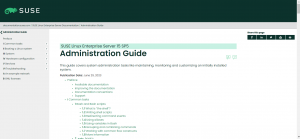
Smart new approach
Even if huge monolithic product manuals and guides are still useful and might never completely vanish, we realize that they are difficult to consult during your daily business. The SmartDocs are a project to address, among others, the above mentioned requirements for general ease of use and enhanced navigation capability. Our first priority hereby lies with the user not with the product. Thus we
- try to write in a way that helps you complete tasks, instead of lecture you about the product,
- focus on our users’ needs, and not on the product’s features,
- and aim to instruct you how to solve a problem, and not just how to use the product interface.
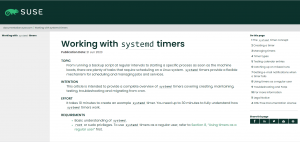
Our goal is to move more and more towards modular documentation. Providing solution- or topic-based information (as we already do with the SUSE Best Practices and the Technical Reference Documentation) will speed up productivity.

Another important aspect is further improved navigation options. Modularity helps to enhance readability and makes consumption of topics easier for you. And finally, small articles have better search engine results than huge manuals. Also, they can easily be consumed by AI tools. We already see that our SmartDocs rank higher in Google search results. So, in future, when you are searching for content or for help, you hopefully will have the respective information quickly at your fingertips.
Striving for perfection
Well – let me be clear: we are not living in a perfect world. And there will never be perfection in the software business 😁. However, we will never stop pushing things forward. And to understand what information is vital to the usage of SUSE products and solutions, how the requirements evolve, and what we could do better in future. To keep us going, we heavily depend on feedback from … YOU!
Sharing is caring
So, this call goes out to the whole ecosystem: Please donate a small amount of your time and fill out the survey. Be assured, everyone will benefit. Let’s countercheck with you some of the actions we’ve taken so far. Tell us where you still see lacks and gaps in the documentation. Feel free to let us know what you think is good 😉. And simply share your thoughts.
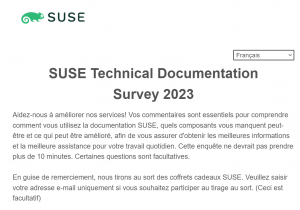
This is possible in many different languages. And it’s easy: choose from preset options, share additional comments if you feel like it, and provide the level of feedback that you are comfortable with. The survey is open for participation until the end of September. As a small token of our appreciation, we raffle off some SUSE gift packages. Now, just have a look yourself:
- click the link at https://documentation.suse.com/
- or participate directly via the Qualtrics platform
And don’t forget to have a lot of fun!
Disclaimer: The text at hand has not been reviewed by a native speaker. If you find typos or language mistakes, please send them to me (meike.chabowski@suse.com) – or if you like them, just keep them and feed them. 😁


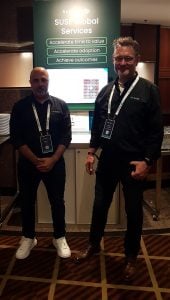
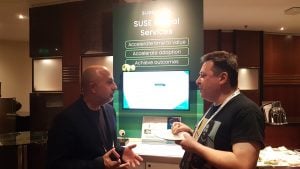


 But despite the concert, the next morning the session rooms were full of people who were thirsty for knowledge. Thankfully, Frank and I also benefited from this thirst for knowledge at our presentation on the topic how to contribute to documentation, while preaching in front of an interested and interactive audience. A big thank you again to everyone who attended!
But despite the concert, the next morning the session rooms were full of people who were thirsty for knowledge. Thankfully, Frank and I also benefited from this thirst for knowledge at our presentation on the topic how to contribute to documentation, while preaching in front of an interested and interactive audience. A big thank you again to everyone who attended!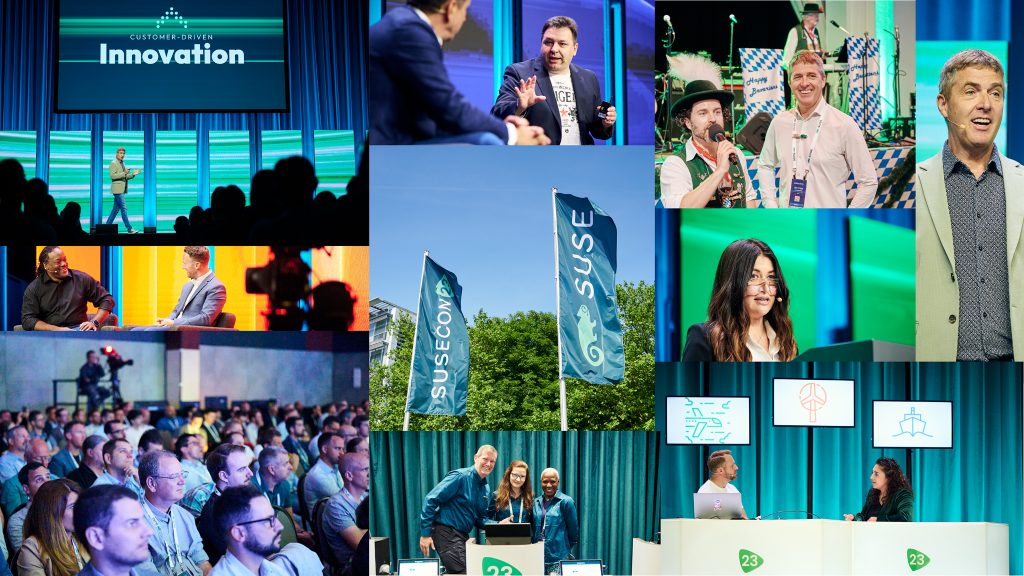


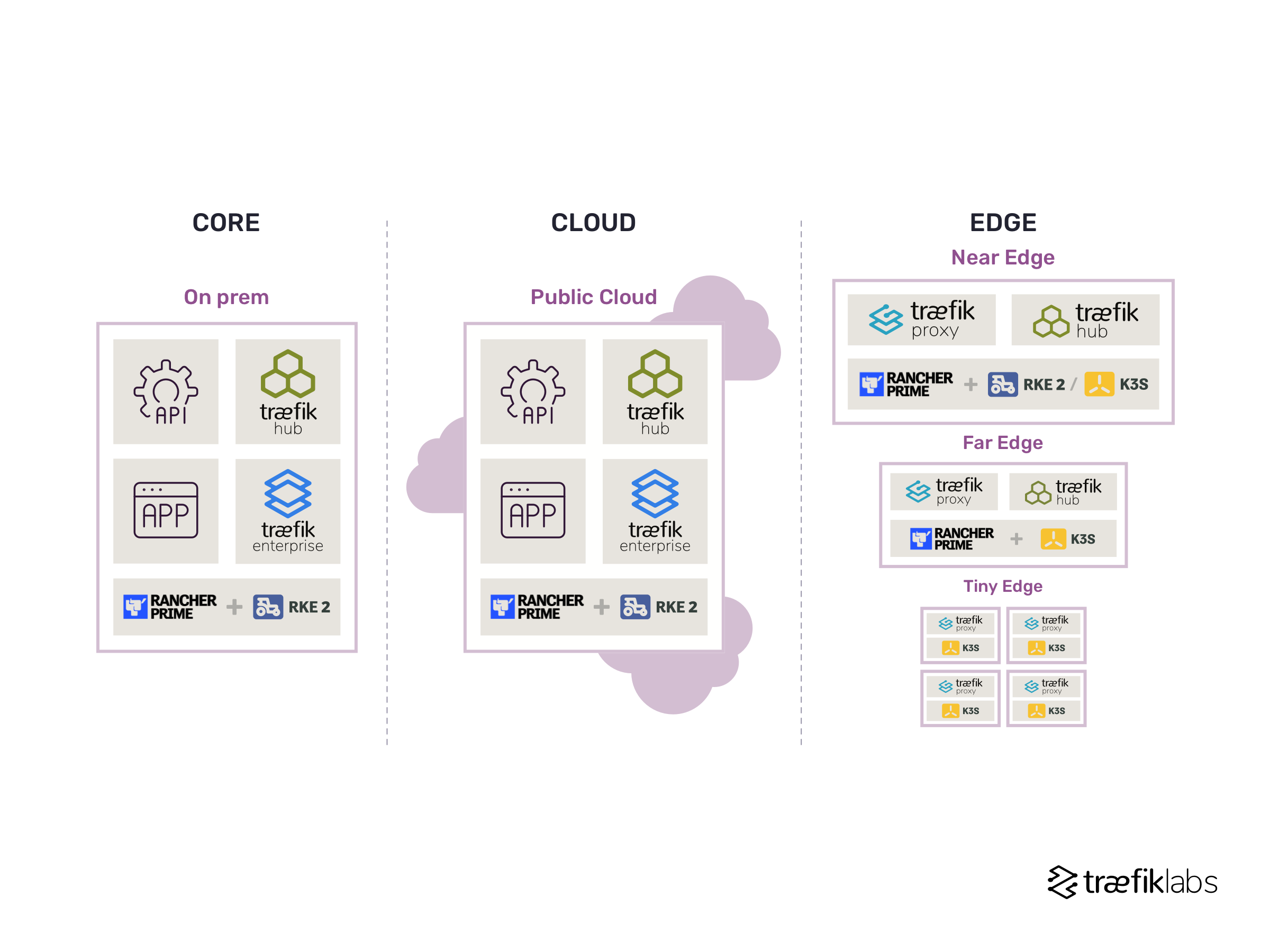
 Erwan Paccard is Head of Product at Traefik Labs where he leads product management and product marketing. Previously, he held worldwide senior product management and product marketing positions at Cisco, IBM and smaller software editors for the past 25 years. Armed with a wide and deep IT knowledge, he has seen the evolution of the technology stacks from virtualization, to containers and the Cloud-Native software stacks.
Erwan Paccard is Head of Product at Traefik Labs where he leads product management and product marketing. Previously, he held worldwide senior product management and product marketing positions at Cisco, IBM and smaller software editors for the past 25 years. Armed with a wide and deep IT knowledge, he has seen the evolution of the technology stacks from virtualization, to containers and the Cloud-Native software stacks.